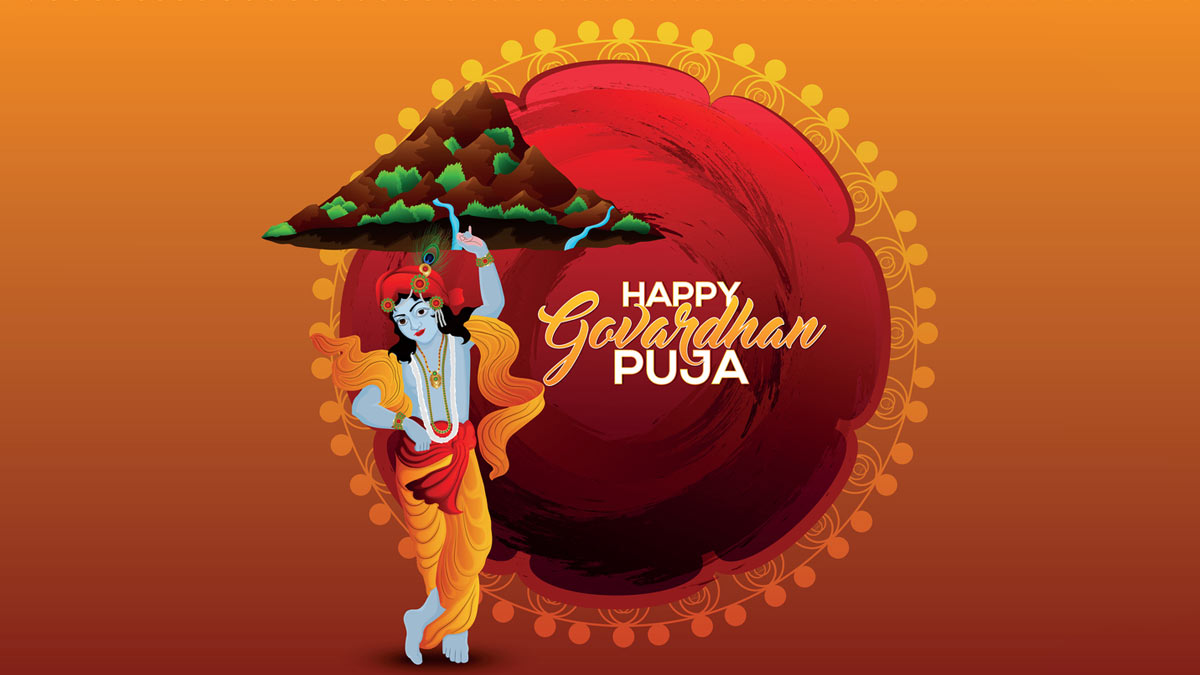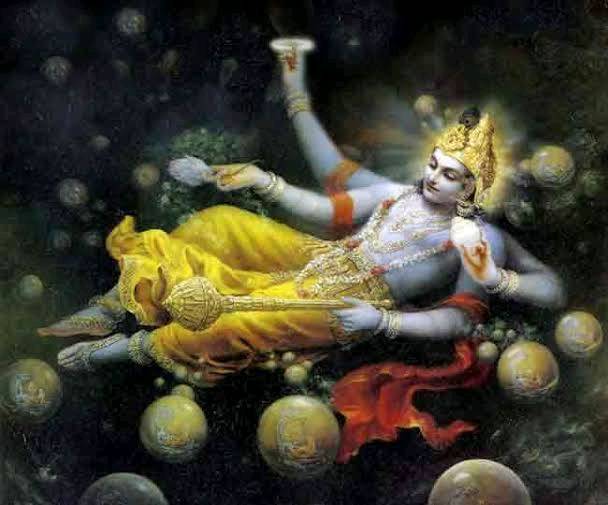Sravan Mass
Shravan Maas
Shravan is the fifth month of the Hindu calendar. Whether you know any other Hindu month or not, you must be familiar with the month of Shravan. It is a very auspicious month and holds a very special place in the heart of every Indian.
Shravan marks the arrival of the southwest monsoon in the Indian subcontinent. It generally overlaps with the month of July-August. The weather is cloudy and wet during this time and rain frequently blesses the grounds. The whole nature seems very fresh and alive.
Significance of Shravan:
Shravan is a very special month for Hindus. There are many important festivals that fall in this month. And above all, Shravan is the month of Shiva. The whole month is a time of celebration for Shiva devotees. The Mondays of Shravan even become more important and Shiva temples are flocked by devotees from all over the country.
Many people observe fast during this entire month or maintain a strict vegetarian diet. Some hold fast during Mondays for lord Shiva and on Tuesdays for Mata Parvati. It is said that girls who are aspiring for a good husband should observe fast on Mondays during Shravan. Mata Parvati did this too before she could impress Shiva.
If we look scientifically, then also this fasting makes a lot of sense. Shravan is the month when the monsoon is at its peak. During this time, the digestive system becomes very weak and the presence of microbes increases in the environment. Wrong eating habits can lead to ailments, that's why it's better to fast during this season.
Shravan, the month of Shiva:
As we have already said, Shravan is considered the month of Shiva. There is a story behind this fact. The great episode of Samundra Manthan mentioned in Puranas is almost known to all. Devas and Asuras came together to churn Amrit (nectar of immortality) out of the Kshirsagar (ocean). This episode took place in the month of Shravan. Before the Amrit came, many other things came out of the ocean.
Devas and Asuras were dividing those things among themselves. But then emerged the deadliest poison of the universe from the ocean, Halahal. Nobody want it, neither devas nor asuras. Both of them wanted the other side to take it and were running away from it.
The poison was deadly and started causing havoc in the universe. Then came Adi and Ananta, the lord of lords, Mahadev Shiva. When nobody even dared to go near the poison, Shiva drank it all and stored the poison in His throat. Due to the effect of the poison, His throat turned blue and He came to be known as the Neelkanth Mahadev.
Shiva's throat was having tremendous burning sensations due to the poison. Everyone was offering water, milk, butter to Lord Shiva to reduce the effects of poison. Shiva drank all the poison even though He had no interest in the Amrita. He did it just out of His immense compassion for every life around Him. That's why Shravan month is dedicated to Lord Shiva.
Kanwar Yatra - a glimpse of devotion: The devotion for Shiva is incomparable. Devotees can do anything out of their love and for him. You must have seen people in large groups wearing saffron and carrying pots on their shoulders with the help of a laathi, walking on roads during this time. These are kanwariyas. And the pots they carry is known as Kanwar.
These pots are filled with water, generally from Ganga or any other place. They walk with this Kanwar until they reach their destination and offer it to the Shivalinga.
There are many temples all over India that kanwariyas choose as their destination. However, Kashi Vishwanath of Banaras and Babadham of Deoghar remain their favorite destinations. They walk hundreds of kilometers just to have a glimpse of their lord and offer their Kanwars to him.
Festivals during the month of Shravan: There are numerous auspicious Hindu festivals falling in the month of Shravan. Some of them include:
Janmashtami: Janamashtami is the celebration of the birth of Lord Krishna, who helped Arjuna to act on Dharma even when all the odds were against Him. Who showed mankind the very way to live. It is the celebration of the birth of Krishna, a complete incarnation of Lord Vishnu in His full glory. It falls on the 8th day after the full moon. This festival holds even more prominence for people belonging to the Vaishnava sect. Know more (janamashtami)
Naga Panchami: Snakes have always been worshipped in India. Naga Panchami is the day devoted to the snake god Naga. It falls on the fifth day after Amavasya on Shravan. Once King Janamejaya took on a sacrifice to kill every serpent in existence to avenge the death of his father Parikshit, who died due to the deadly bite of Takshak. The sacrifice was finally stopped by sage Astika on the Krishna Paksha Panchmi and the race of snakes was saved. Since then, this day is celebrated as Naga Panchami. Know more (naga-panchami)
Raksha Bandhan: This day celebrates the sacred relationship between a brother and a sister. Sisters tie a knot around the wrist of their brothers known as 'Rakhi'. In return, they generally receive gifts and blessings. Brothers also promise their sisters to protect them from all kinds of adversities. The environment is light and very joyful during this festival. It is celebrated on the full moon day known as 'Rakhi Purnima'. Raksha Bandhan also marks the end of most beautiful month of the year, the month of Shravan.
Summary: Shravan is a month filled with the fragrance of devotion for the divine. The vibrancy and the joyfulness in nature can easily be felt. Although there are many other festivals falling within this month, Shiva remains the center of all celebrations. For many, it is the month to celebrate their lord. Many go to Him for their own purposes. While there are many, who don't have any purpose. They just seek to dissolve. To leave all the small things behind and just become one with the divine. That's the true celebration, the ultimate realisation of life and beyond.


